Set along Kanagawa's strategic coastal setting, these architecturally Anglo-styled lighthouses stretch through some of Japan's most prominent trade ports landing it as a significant chapter in Japanese history.
Kanagawa's lighthouses are more than navigation devices. In the truest sense, they are vessels and living proof of Japan's geopolitical changes and economic advancement. Let's take a walk down memory lane to admire these 'pillars of light' representing hope and a sense of calm even in the most exposed locations.
Kannon-zaki Lighthouse
The first western lighthouse to be built in Japan is the legendary Kannonzaki, first lit in February 1869. French engineer Léonce Verny designed the building under the Amity and Commerce's Anglo-Japanese treaty signed in 1858.
The original Kannonzaki was made using 64,600 bricks, unfortunately, the lighthouse was heavily damaged during an earthquake in April 1922 but was reconstructed by March of the following year. Later, it was hit again by the 1923 Great Kanto Earthquake and was restored by 1925.
Located at Cape Kannon of Miura Peninsula in Yokosuka, the present-day Kannonzaki is a concrete eight-sided white structure at 56m from the sea surface to the lamp. The motor-operated lamp produces a light with a luminous intensity of 140,000 cd, reaching an impressive 20 nautical-miles and beyond.
The original lamps and lighthouse's lens are on display along with the original brick Kannonzaki lighthouse model. Visitors can take in the view of Tokyo Bay from the observation tower or walk through the rose beds and fountains by the seaside Verny Park built in honour of Léonce Verny.
- Address: 4-1187 Kamoi, Yokosuka, Kanagawa 〒239-0813
- Directions: Take the Keikyu Line to Horino-Uchi Station and then a bus from the Horino bus stand towards Kannonzaki. From the Kannonzaki bus stop, the lighthouse is a nine-minute walk.

Tsurugisaki Lighthouse
Shining through the fog at Cape Tsurugi on the south-eastern tip of Miura Peninsula, Tsurugisaki Lighthouse stands out from a most dramatic coastal landscape. Built in 1871, under the provisions of the Anglo-Japanese treaty of Amity and Commerce of 1858, the design was guided by engineer, Richard Henry Brunton.
At the time, the Tsurugisaki Lighthouse aimed to guide ships entering Tokyo Bay through the Urada Channel. Today the Japan Coast Guard maintains the current lighthouse which was restored in 1925 after being destroyed during the 1923 Great Kanto Earthquake.
The octagonal shaped building has a balcony height of 16.9m and a luminous intensity of 520,000 cd that reaches 18 nautical miles, as far as the Boso Peninsula on the bay's eastern shore. Just like a visit to the beach, Tsurugisaki is a postcard seascape away from the crowds where you can complete the day with a meal at the ocean fishing ponds.
- Address: Matsuwa-47 Minamishitauramachi, Miura, Kanagawa 〒238-0104
- Directions: Take the Keikyu Line to Miurakaigan Station and then a bus bound for Kenzaki. From Kenzaki bus stop, the lighthouse is a 14-minute walk.

Jogashima Lighthouse
Jogashima has an illustrious history being built under the provisions of the Anglo-Japanese Treaty of Amity and Commerce of 1858. Conceptualised by French engineer Francois Léonce Verny, the lighthouse dates back to 1870. Off the Miura Peninsula, the original brick lighthouse was destroyed during the 1923 Great Kanto Earthquake but rebuilt by August 1925.
Known to be the fourth oldest Anglo-styled lighthouse built in Japan, it is the second oldest surviving to the present day. The lighthouse gets its name from its location, the tiny Jogashima island at only 1.8km long and 500m wide, at the southernmost and western tip of Miura Peninsula.
The lighthouse, with its height of 11.5m, sits on a clifftop 30m above sea level. Its white cylindrical tower has a luminous intensity of 400,000 cd reaching 16 nautical miles. In 1928, the light source changed from acetylene to electric, significantly improving the visibility for safe journeys.
- Address: Misakimachi, Miura, Kanagawa 〒238-0237
- Directions: Take the Keikyu Line to Misakiguchi Station and then a bus towards Jogashima. From the bus stop, the lighthouse is a four-minute walk.

Awazaki Lighthouse
Towering over the edge of the rocks at the easternmost tip of Jogashima Island was the 11m tall original Awazaki lighthouse built in 1962. The new Awazaki Lighthouse is at the Prefectural Jogashima Park, completed in May 2020 and overlooks Sagami Bay.
It's interesting to note that the design of the new Awazaki was selected from a pool of 107 submissions, made after the city of Miura asked its residents to participate in designing the new lighthouse. Sayaka Fukuwa, a 38-year-old aesthetician's design was eventually chosen.
You need not be a pharologist to appreciate the stunning structure, take in the view from the observatory or take a 'Virtual Tour of the Lighthouse.' You can also explore by hiking down to the tidal rocks below to observe the coastal area's geology, black sand and some incredible marine life.
- Address: Misakimachi, Miura, Kanagawa 〒238-0237
- Directions: Take the Keikyu Line to Misakiguchi Station and then a bus for Jogashima. The lighthouse is a 20-minute walk from Hakushuhi bus stop.

Enoshima Sea Candle
Relatively new, Enoshima Sea Candle is home to some truly awe-inspiring views. Also known as the Lighthouse Observation Tower, it won the 2004 Good Design Award and was built to commemorate 100 successful years of the Enoshima Electric Railway. The lighthouse has been open to the public since April 2003.
Set on Enoshima Island in Fujisawa, the lighthouse stands in the Samuel Cocking Garden, offering an expansive view of the sandy beaches, coastal belt and even Mount Fuji on clear days. The tower has two observation decks; a primary indoor and a secondary outdoor. The primary deck can be accessed by a central lift or spiral staircase, while the outdoor patio is reached through the spiral staircase.
An entrance fee of ¥500 also gives access to the Samuel Cocking Garden and the highly recommended Sunset Terrace.
- Address: 2-3-28 Enoshima, Fujisawa, Kanagawa 〒251-0036
- Directions: Take the Odakyu Enoshima Line to Katase-Enoshima Station. The lighthouse is a 20-minute walk.

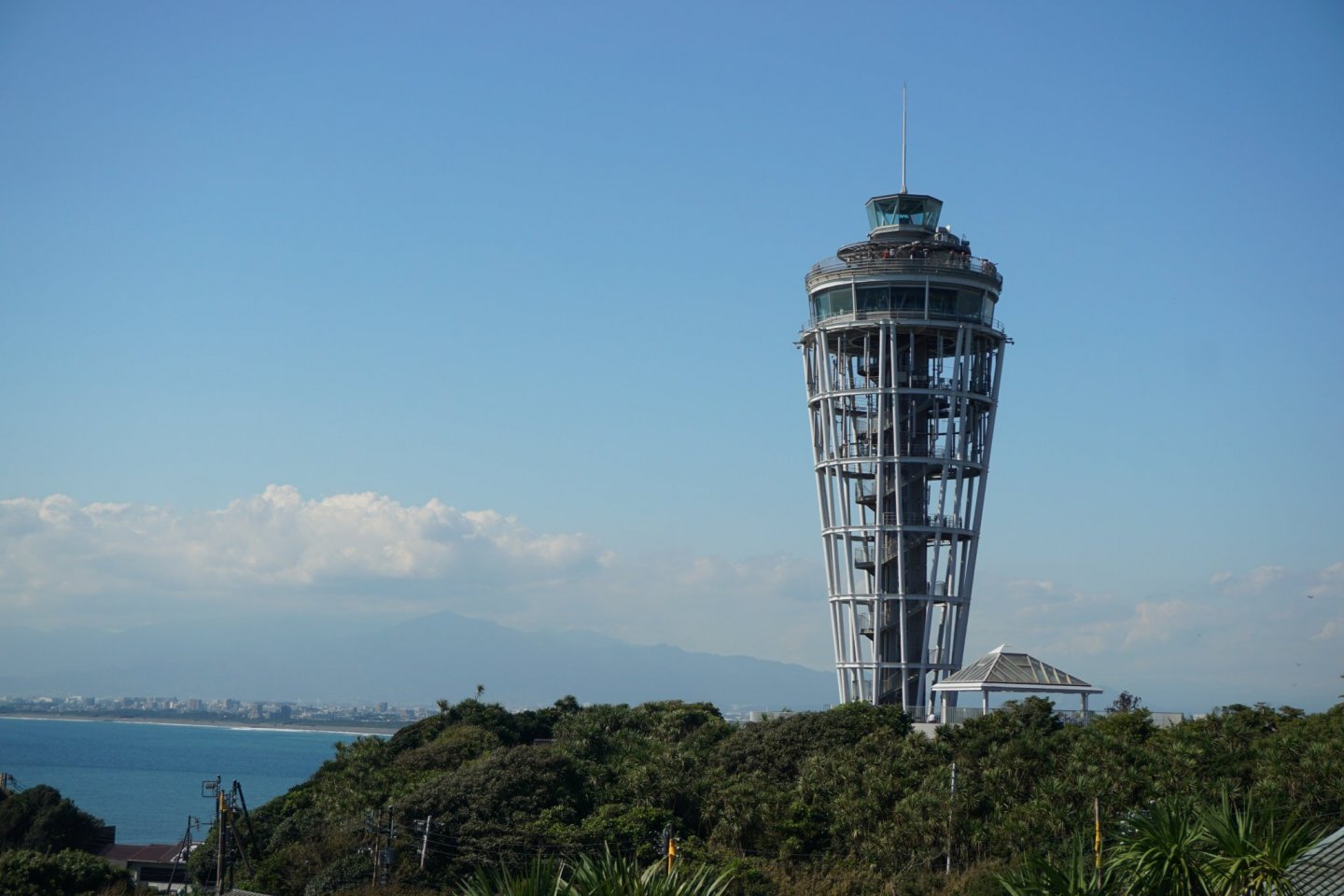


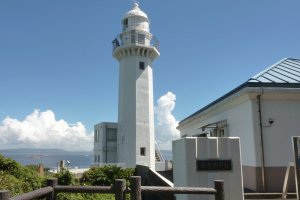
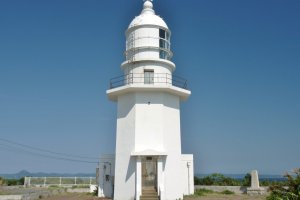
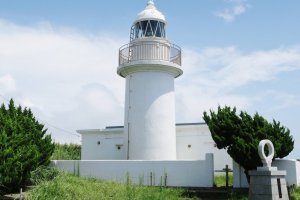
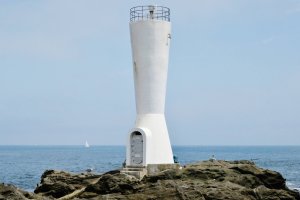





















You've got to catch the views and the breezes from the deck of the Sea Candle when you're on Enoshima.